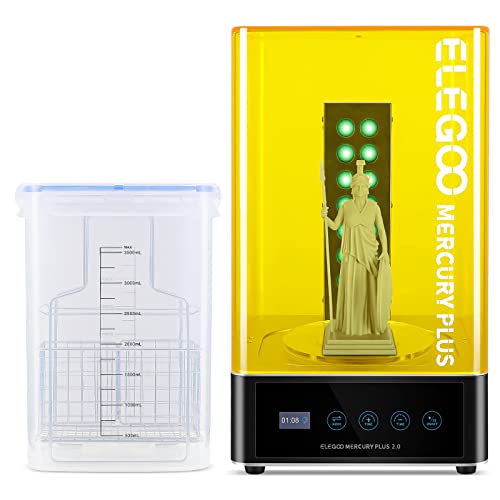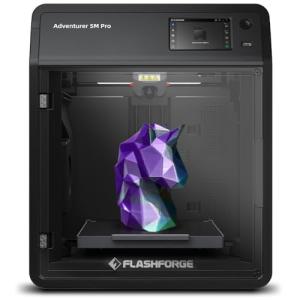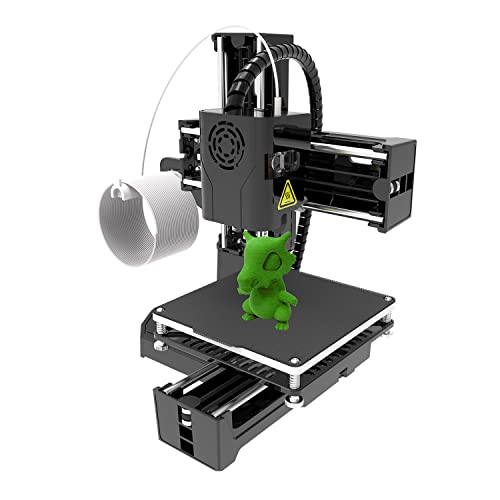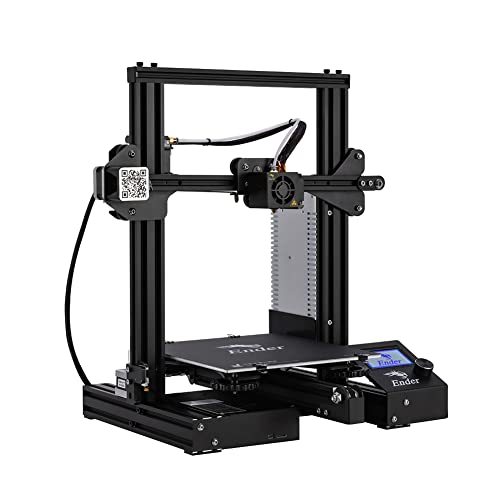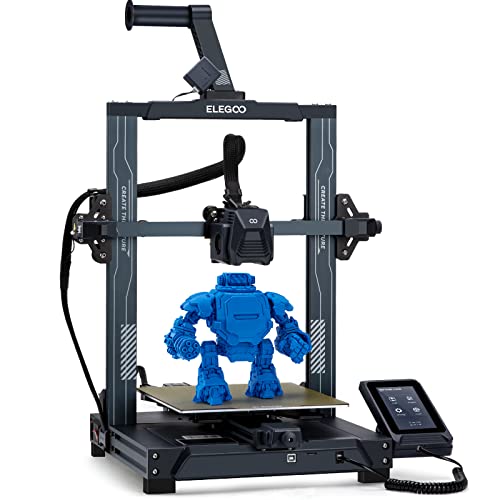Getting started with 3D printer troubleshooting can feel overwhelming, but many issues are pretty common and have simple solutions. Let’s break down some of these problems and how you can fix them without pulling your hair out.
Clogged Nozzle
A clogged nozzle is one of the most frequent headaches. If you notice poor extrusion or gaps in your print, this might be your culprit. Start by heating the nozzle to the appropriate temperature for the filament you’re using, then try to gently push some filament through. If that doesn’t work, consider doing a cold pull with nylon to clear stubborn jams.
Layer Separation
If the layers of your print are peeling apart, it could be a adhesion issue. Make sure your build surface is clean and well-prepped. You might also need to adjust your bed temperature or try a different adhesive like hairspray or glue stick. Increasing the nozzle temperature a bit can also help the layers stick together better.
Stringing
Stringing looks like little spider webs on your prints. It usually happens when your printer oozes filament while moving between parts. To tackle this, try raising the retraction settings in your slicer. You can also lower the temperature a bit. Experimenting with these settings can make a big difference.
Warping
Warped prints can be frustrating. They often lift from the build plate as they cool. To combat this, ensure your bed is level and heated properly. Using a brim or raft can provide extra adhesion. Sometimes, switching to a different filament with better bed adhesion properties can save the day.
Quick Fixes for Printing Errors
Hey there! Running into printing errors can be super frustrating, but don’t stress. A few quick checks can often sort things out. Let’s dive into some easy fixes that might just save your print job.
First up, check your filament. If it’s tangled or old, you’re in for a mess. Make sure your spool is fresh and properly fed into the extruder. Also, keep an eye on the temperature settings. Too hot or too cold, and your prints might not stick. Check the recommended temps for your specific filament—it can make all the difference.
Next, we should look at the build plate. If your print isn’t sticking, it might be because the surface is dirty or not leveled. Give it a quick wipe if it’s grimy, and make sure it’s level. A level bed fits snug with your print, preventing those frustrating failed starts. If it seems off, grab your leveling tool and fix that up.
Lastly, don’t forget to review your slicer settings. Sometimes, it’s just about the right layer height or speed that can cause hiccups. Adjust those settings based on the type of model you’re printing. Fine details may need slower speeds, while sturdy prints can go faster. Paying attention to these factors will really speed up your 3D printer troubleshooting process!
ELEGOO Mercury Plus 2.0: Large LCD/SLA/DLP 3D Printer
Unlock limitless possibilities with the ELEGOO Mercury Plus 2.0, your gateway to high-precision 3D printing!
Product information
Product Review Score
4.83 out of 5 stars
16 reviewsProduct links
Tips for Maintaining Your 3D Printer
Keeping your 3D printer running smoothly is key to avoiding those pesky 3D printer troubleshooting headaches. A little maintenance goes a long way. Here are some tips to help you out.
First off, regularly check the printer’s nozzle and build plate. Clean both of these to prevent clogs and ensure your prints stick well. You can use a soft cloth or a scraper for the build plate. If you see any residue on the nozzle, a quick heat-up and a gentle wipe should do the trick.
Next, monitor your filament storage. Filament can absorb moisture, which can lead to poor print quality. Store your filament in a dry, cool place, or consider using airtight containers with desiccants. This simple move can save you a lot of 3D printer troubleshooting down the line.
Finally, don’t forget about your printer’s firmware. Keeping it updated can fix bugs and improve performance. Just check the manufacturer's website for the latest version. Taking a few minutes to update can pay off with fewer issues later.
Flashforge AD5M Pro 3D Printer - High Speed & Precision
Experience fast printing with precise details that bring your ideas to life
Product information
€428.43
Product Review Score
4.49 out of 5 stars
11 reviewsProduct links
When to Seek Professional Help
Sometimes, your 3D printer throws a curveball and you just can’t figure it out. If you've tried the usual fixes—like checking the settings, cleaning the nozzle, or leveling the bed—and nothing seems to work, it might be time to get some extra help.
When your prints keep failing or you notice weird noises coming from your printer, don’t stress! It could be something minor, but it’s also a sign you should consider professional help. Repeated issues like clogged nozzles or strange calibration problems can often signal deeper mechanical issues that need expert attention.
Another good reason to seek professional help is when your printer stops responding. If it won’t connect to your computer or the screen is frozen, it might be more than a simple software glitch. Tech-savvy friends or local repair shops can often diagnose issues fast and get you back to printing.
Don't forget about warranty services. If your printer is still under warranty and you spot recurring problems, let the company handle it. They’re often ready to help you troubleshoot or may even replace the printer if it’s a major issue. Trust their expertise, especially with any technical fixes involved in 3D printer troubleshooting.
